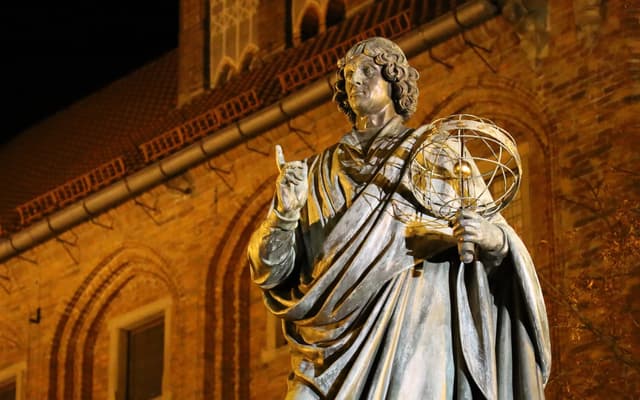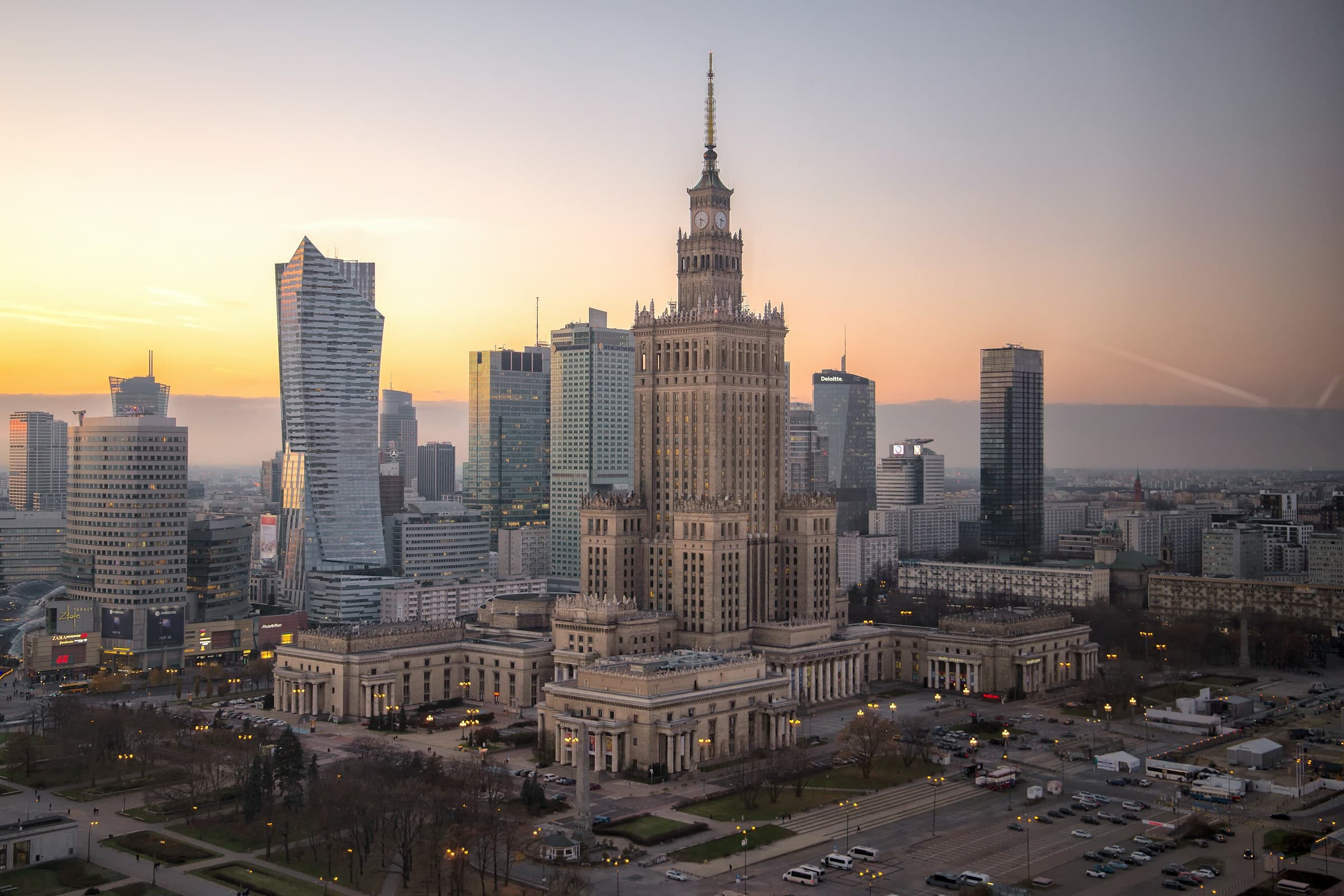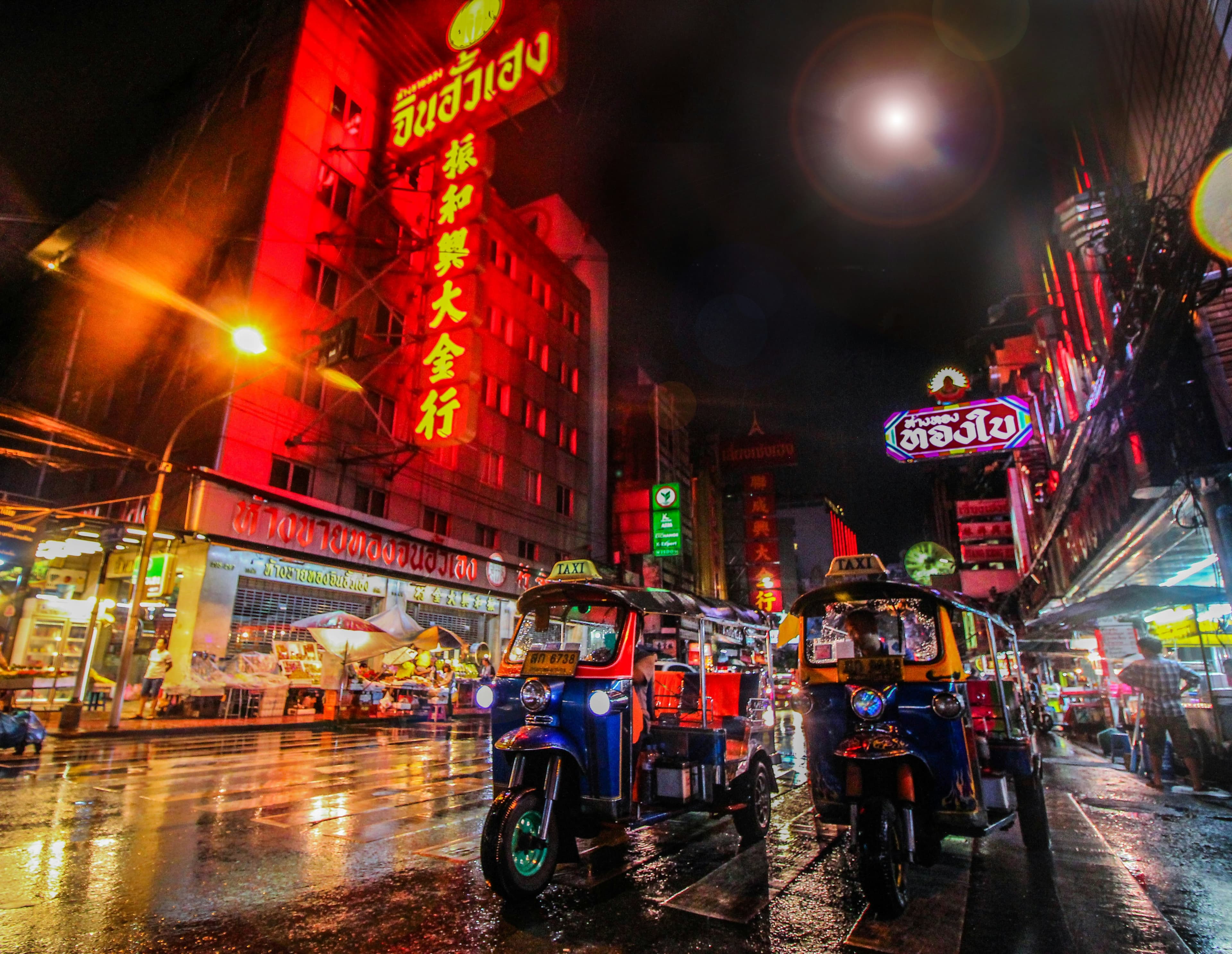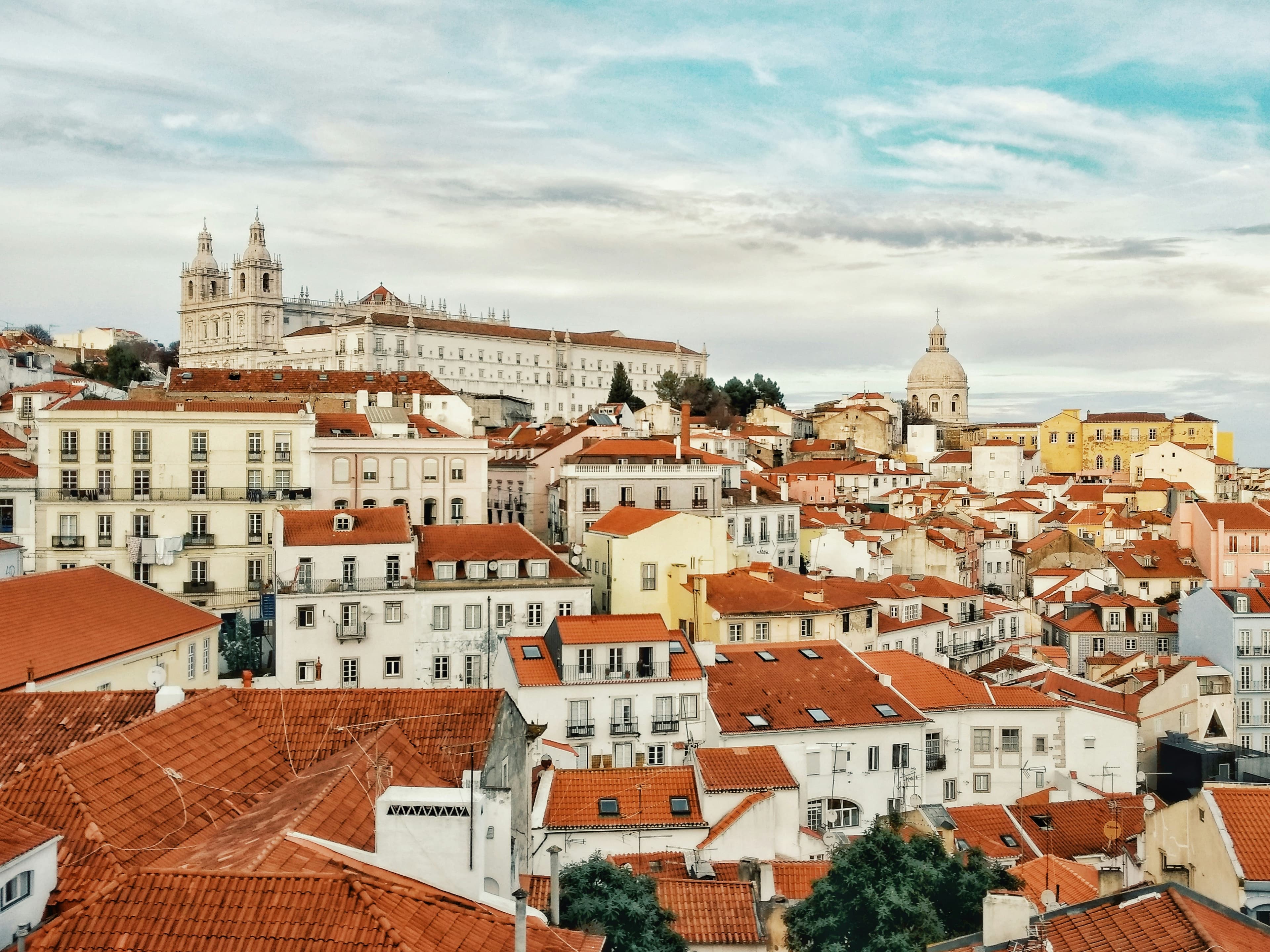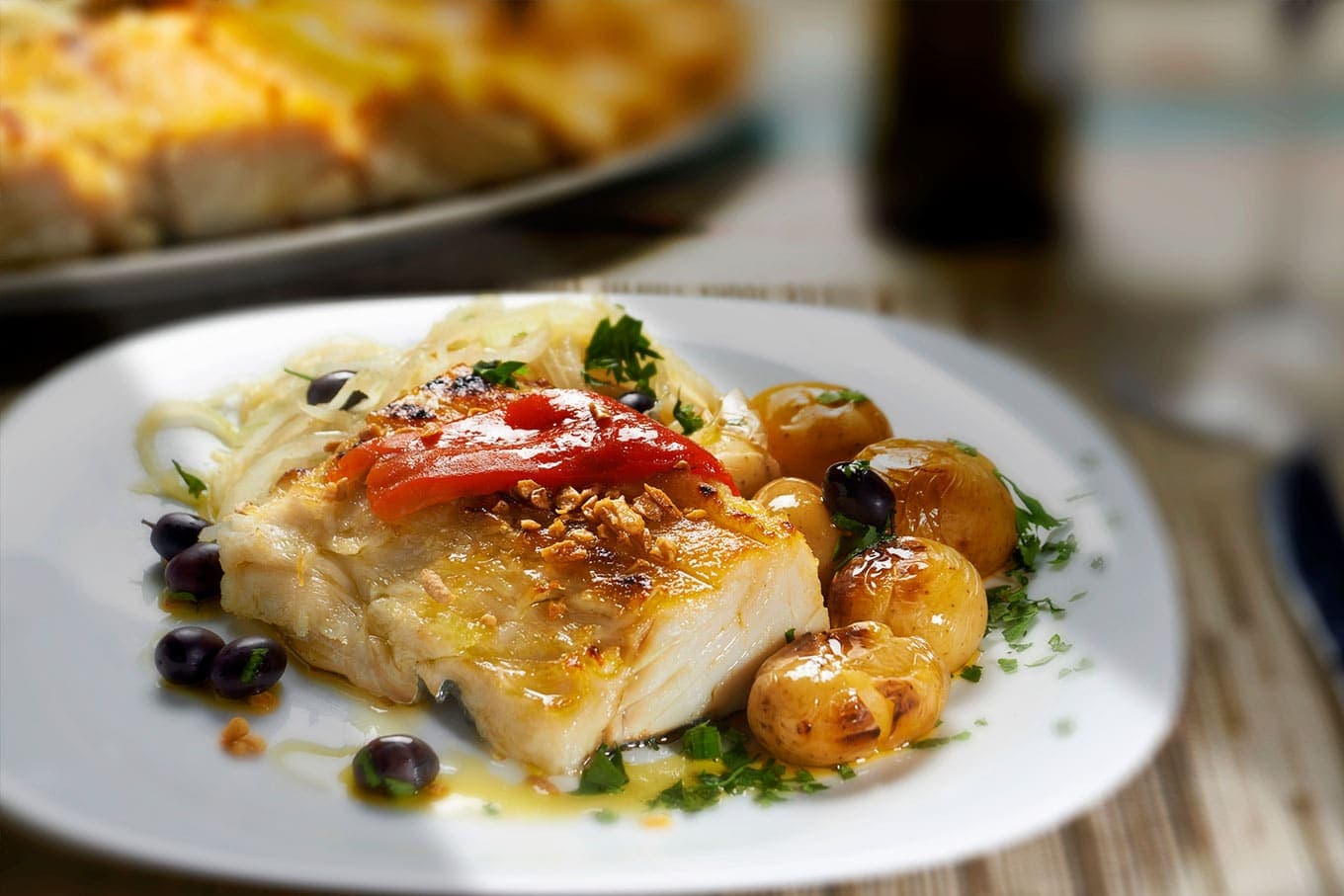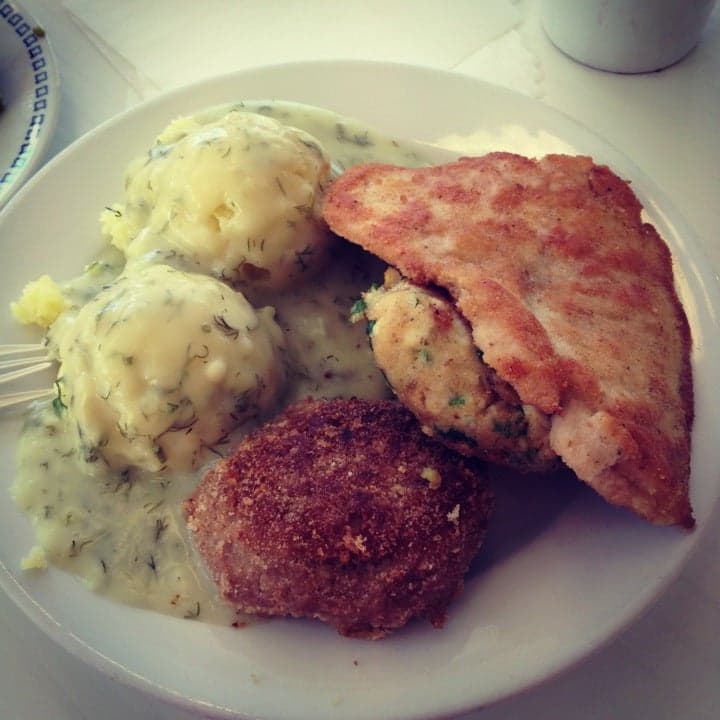Poland vs. Toruń
Poland
Poland sits in Central Europe, stretching from the Baltic Sea in the north to mountains in the south. It shares borders with Germany to the west, Lithuania and Russia to the northeast, and several other countries along the east and south. Its landscape is a mix—flat plains in the center and north, and hilly or mountainous areas in the south. The coastline along the Baltic Sea is known for sandy beaches and coastal ridges. Inland, there are thousands of lakes, especially in the northeast, and big rivers like the Vistula and Oder cut across the land. The weather is temperate. Summers are warm, winters moderately cold. Rain tends to fall more during the summer months, and winters are becoming drier over time. Poland has deep roots in European history. It became a kingdom in 1025, later forming a powerful union with Lithuania. The Polish–Lithuanian Commonwealth was once one of Europe’s biggest states, with a unique political system. Poland's fortunes shifted in the late 18th century, whe...
Toruń
Toruń is one of Poland’s most fascinating and well-preserved cities. Sitting on the banks of the Vistula River, it’s a place where medieval charm blends seamlessly with a lively modern atmosphere. Unlike many Polish cities, Toruń was spared destruction during World War II, which means its historic Old Town remains intact, offering visitors an authentic glimpse into Poland’s past. In 1997, it was recognized as a UNESCO World Heritage Site, a testament to its architectural and cultural significance. A Medieval Treasure Stepping into Toruń’s Old Town is like walking through a storybook. Gothic churches, red-brick merchant houses, and cobblestone streets create a timeless atmosphere. The city was a powerful trading center in the Hanseatic League, and its wealth is reflected in landmarks like the Town Hall, an imposing structure at the heart of the city, and the beautifully preserved medieval walls. Many buildings date back to the 14th and 15th centuries, making Toruń one of Poland’s be...
Reviews
Reviewed on 1/26/2025
Reviews
Reviewed on 2/27/2025
| Item | Votes | Upvote |
|---|---|---|
| No pros yet, would you like to add one? | ||
| Item | Votes | Upvote |
|---|---|---|
| No cons yet, would you like to add one? | ||
| Item | Votes | Upvote |
|---|---|---|
| World capital of gingerbread | 1 | |
| Birthplace of Copernicus | 1 | |
| Beautiful medieval architecture | 1 |
| Item | Votes | Upvote |
|---|---|---|
| No cons yet, would you like to add one? | ||
Frequently Asked Questions
Toruń offers a unique experience for historical exploration due to its well-preserved medieval architecture and status as a UNESCO World Heritage Site. Unlike many other Polish cities, it was spared from destruction during World War II, allowing visitors to see authentic historical sites like Gothic churches and the Leaning Tower. While Poland as a whole has a rich history, including significant events and locations, Toruń's concentrated historical charm makes it a standout for those specifically interested in medieval history.
Toruń is culturally significant as the birthplace of Nicolaus Copernicus and is known for its unique gingerbread tradition. It hosts various cultural events and festivals, making it a vibrant hub for arts and education, particularly due to the presence of Nicolaus Copernicus University. In contrast, Poland as a whole has a broader cultural landscape, with contributions from various regions, historical figures, and a rich tradition in music, literature, and art. While Toruń is a key cultural site, Poland's cultural significance is more extensive and diverse.
Toruń is situated along the Vistula River, providing scenic riverside views and a pleasant atmosphere for leisurely strolls. However, Poland boasts a variety of natural landscapes, including mountains, lakes, and national parks, such as the Tatra Mountains and Białowieża Forest. While Toruń offers charming views and a relaxed environment, other regions in Poland may provide more diverse and dramatic natural scenery.
Toruń is renowned for its gingerbread, which is a unique culinary highlight that dates back to the Middle Ages. Visitors can experience traditional gingerbread-making and enjoy this local delicacy. However, Poland is known for a wide range of hearty dishes, such as pierogi and bigos, which can be found in various cities. While Toruń offers a distinctive culinary experience centered around its gingerbread, other Polish cities may provide a broader array of traditional Polish cuisine.
Poland is known for its rich history, vibrant culture, and diverse landscapes. It has a temperate climate, with warm summers and moderately cold winters. The country features a mix of flat plains, hilly areas, and mountains, along with a beautiful coastline along the Baltic Sea. Poland is also famous for its historical cities like Warsaw, Kraków, and Gdańsk, as well as its UNESCO World Heritage sites, including the Auschwitz-Birkenau memorial and the Białowieża Forest.
Main attractions in Poland include the Tatra Mountains for nature lovers, the historic centers of cities like Kraków and Gdańsk, and numerous national parks. Additionally, Poland is home to over 17 UNESCO World Heritage sites, showcasing its medieval architecture and natural beauty. The Auschwitz-Birkenau memorial is also a significant site reflecting the country's history.
Polish cuisine is hearty and flavorful, featuring dishes such as pierogi (dumplings), bigos (cabbage and meat stew), and żurek (sour rye soup). Vodka is a traditional drink, but beer and wine are also popular. The cuisine reflects the country's agricultural roots and regional diversity.
Poland has a temperate climate characterized by warm summers and moderately cold winters. Rainfall is more common during the summer months, while winters have been becoming drier over time. This climate supports a variety of outdoor activities and tourism throughout the year.
Football (soccer) is the most popular sport in Poland, with a passionate following. Other popular sports include volleyball and speedway racing. Poland also boasts top tennis players like Iga Świątek and has a strong tradition in mountaineering.
Poland's history is marked by significant events, including its establishment as a kingdom in 1025, the formation of the Polish-Lithuanian Commonwealth, and its partition in the late 18th century. After World War I, Poland regained independence, only to be invaded at the start of World War II. The country fell under Soviet influence post-war but became the first Eastern Bloc nation to break free from communism in 1989, largely due to the Solidarity movement.
Toruń is known as the world capital of gingerbread, the birthplace of the famous astronomer Nicolaus Copernicus, and for its beautiful medieval architecture. The city is a UNESCO World Heritage Site, showcasing well-preserved Gothic churches, red-brick merchant houses, and cobblestone streets.
Pros of visiting Toruń include its status as the world capital of gingerbread, the historical significance as the birthplace of Copernicus, and its beautiful medieval architecture. There are currently no cons listed for visiting Toruń, making it an appealing destination for travelers.
In Toruń's Old Town, visitors can see stunning Gothic churches, the impressive Town Hall, and the Leaning Tower, a medieval defensive structure. The area is filled with cobblestone streets and beautifully preserved buildings dating back to the 14th and 15th centuries, providing a glimpse into Poland's rich history.
Nicolaus Copernicus is significant in Toruń as he was born there. His birthplace has been turned into a museum where visitors can learn about his contributions to astronomy, particularly his heliocentric theory, which revolutionized our understanding of the solar system. A statue of Copernicus also stands in the main square, commemorating his legacy.
The Museum of Toruń Gingerbread is dedicated to the city's famous gingerbread tradition, which dates back to the Middle Ages. Visitors can learn about the history of gingerbread, see old baking molds, and even participate in workshops to make their own gingerbread using traditional methods.
Toruń has a lively and youthful atmosphere, largely due to the presence of Nicolaus Copernicus University. The city hosts various cultural events, festivals, and has numerous cafes and bookshops, creating a dynamic environment. The riverside setting along the Vistula River adds to its charm, especially during the summer months.

